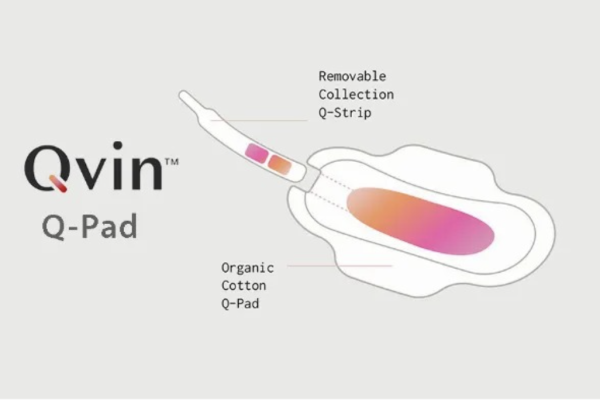The Danish cement and concrete industry face significant challenges due to its high CO₂ emissions, resource consumption, and waste generation. Cement production alone contributes 7% to global CO₂ emissions, with Denmark’s Aalborg Portland responsible for 5% of national emissions.
The construction industry’s heavy reliance on cement and concrete, with limited alternative materials, exacerbates environmental impacts, making it crucial to adopt circular practices. Circular production methods and business models can substantially reduce emissions. Studies indicate that circular processes in cement, steel, plastics, and aluminium could cut global emissions by 40% by 2050. However, Denmark’s cement industry remains predominantly linear, with high levels of material and energy use, relying on new raw materials, and producing considerable waste.
Legislation, infrastructure, and market maturity lag behind, preventing widespread circularity. Political actions, like imposing higher CO₂ and raw material taxes, implementing material passports, and revising waste management regulations, could drive circularity. The industry must also enhance its own circular efforts, including adopting circular production techniques, direct reuse of concrete, and developing alternative cementitious materials. Concrete producers have initiated partnerships and projects aimed at reusing concrete and reducing reliance on virgin materials. Innovations such as alternative binder systems, use of calcinated clay, and converting waste products from other sectors for cement production are promising but still limited in scale.
The industry requires a comprehensive regulatory framework to incentivize circular practices and mitigate environmental impacts. Government policy could stimulate demand for circular cement and concrete by strengthening public procurement standards and increasing funding for circular construction research. By advancing circular initiatives, Denmark can reduce construction waste by up to 40% and significantly cut CO₂ emissions, potentially creating a €110 billion market by 2050.
- High Environmental Impact: Cement production contributes heavily to global and national CO₂ emissions and resource depletion.
- Circular Potential: Circular methods can significantly reduce emissions and waste, yet implementation is minimal.
- Legislative Barriers: Laws and incentives must evolve to support circular cement and concrete production.
- Industry Initiatives: Industry-led projects are beginning to incorporate recycled materials and alternative production processes.
- Regulatory Needs: Policies should enforce circular standards in construction, increase taxes on CO₂ and raw material usage, and promote sustainable public procurement.
- Economic Potential: A circular economy in cement and concrete can create a €110 billion market by 2050.
Denmark’s cement and concrete industry urgently needs to adopt circular economy principles to mitigate high CO₂ emissions and resource depletion. With concrete production alone contributing 7% to global CO₂ emissions, the industry must transition from linear practices to sustainable methods. Circular approaches, which could cut emissions by 40% globally by 2050, are hindered by legislative and infrastructural gaps.
Policy actions to enforce sustainable standards and incentivize circular production are crucial. Enhanced industry practices, including recycling initiatives and sustainable material innovation, can create a major economic opportunity, building a more resilient, eco-friendly industry.
Full report here: https://rgo.dk/wp-content/uploads/CirkulaerCementOgBeton.pdf
More about concrete innovations from Sweden: Textile reinforced concrete members subjected to tension, bending, and in-plane loads: Experimental study and numerical analyses




